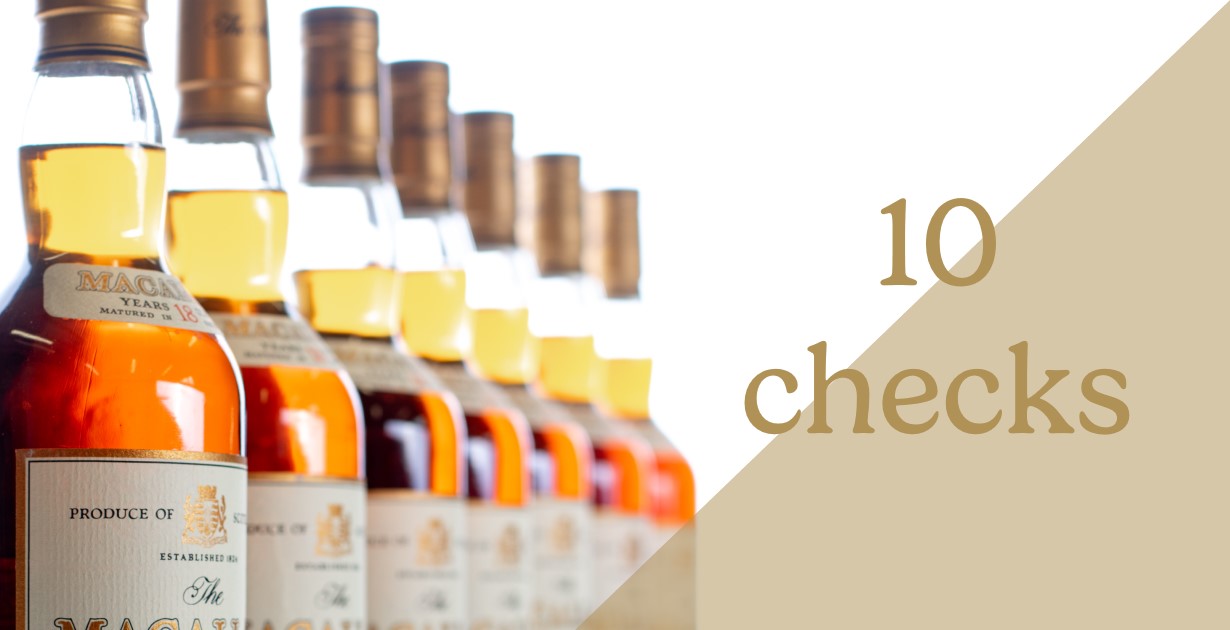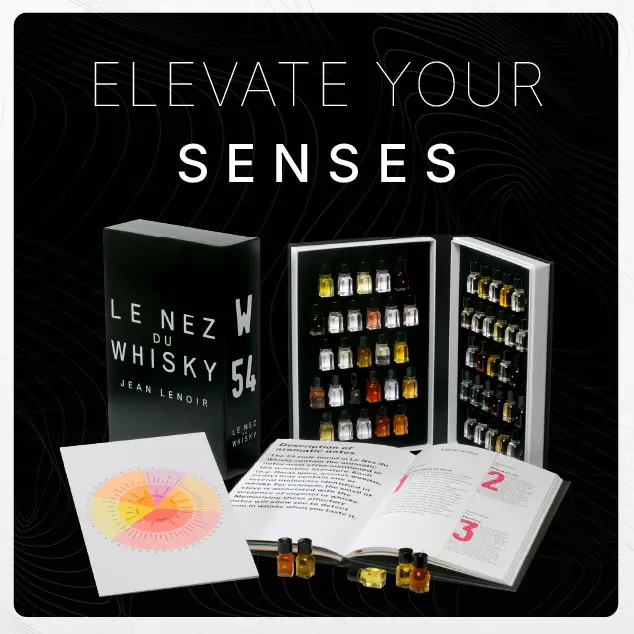
We all enjoy drinking whiskey here, but we still might not want to accidentally open a bottle that might have been worth more than we paid for it. The recent discovery of a $1,000,000 document bought for $27.50 by Harvard University shows the importance of double checking what we have on our shelves. Even if you still plan to drink it, it’s good to know what level of occasion is suitable to crack that seal. So whether it’s a collection you’ve amassed over time, or something you have inherited, run through these ten questions to spot a collectible scotch.
1. Is It Single Malt?
The first thing to check for when you’re looking at collectible scotch whisky (note it’s without an e for the Scottish spelling) is whether it’s a blend or single malt. If it’s a bottle of blended scotch you’re probably safe; blends are mass produced whiskies and generally, unless you have a one-of-a-kind or something from the 1800s, they are unlikely to be very valuable. If it’s a single malt then keep going with your checks.
2. Is It Macallan?
Some distilleries are significantly more likely to be collectible than others. Macallan exists in a special bubble of its own within the market, where even the whiskies that don’t follow the rules below can be collectible. So if you have a bottle of Macallan single malt it’s always worth a valuation check (see point ten) before you break the seal. Other distilleries that have this—but to a lesser extent—are Bowmore and Ardbeg.
3. Was It Distilled Pre-2000?
Generally, earlier vintages are more collectible so look to see if your bottle has a vintage specified. If it was distilled pre-2000s then it is more likely to be collectible than more recent vintages.
4. Is It An Age-Statement Scotch?
Older age-statements tend to be more expensive in general so open anything over 18 years old with caution. Evaporation during maturation in a barrel and just the amount of time it takes to make these older whiskies makes them more scarce and sought after. Older whiskey isn’t always better, but there is a perceived quality increase with age and this in turn makes them generally worth more.
Increasingly modern whiskies don’t have age statements or vintages, so these last two can be tricky to use if you’re looking at releases from the last ten years. And of course, Macallan Private Eye (no age-statement, no vintage) is a great exception, but also that is why Macallan has its own section.
5. Is It A Limited Edition Whiskey?
Not all limited edition whiskies are collectible, but they tend to be more expensive and more sought after. So if your whiskey states limited edition, special release or one of XX bottles then it’s time to do that valuation check.
6. Do You Have A Single Cask Release?
Following on from point five, single cask releases by their nature tend to have a limited number of bottles. If it says single cask, or there is a cask number on there then the scarcity of that release can help drive value, especially alongside point eight.
7. Does It Form A Series?
Different collectors enjoy different aspects of collecting. Some will buy any bottle they find interesting, whereas a lot of people are drawn to a theme. Sometimes the theme might be a distillery, region, or age statement, but bottles that form part of a series naturally appeal to collectors. If your bottle is part of a series, especially one that forms a vertical, then it’s time to check the value.
8. Is It Highly Rated
With scotch whisky there is usually a disconnect between value and quality—great reviews don’t tend to cause prices to rise for new releases. Instead, it tends to be a combination of distillery, age and scarcity that are the biggest drivers of value. However, there are a few big exceptions to that.
For vintage scotch whiskies especially, and even more so for independent bottlings, a high review score from a respected reviewer tends to create values above what would be expected. Early independent bottling releases from the likes of Samaroli, Cadenhead’s and others are prime examples of this
9. Is The Distillery Closed?
A closed distillery might sound like a bad thing, but instead it helps drive scarcity and improve prices. Kudos added if the distillery was closed and has been reopened—a few examples: Brora, Port Ellen, Rosebank, Springbank, Ardbeg…
10. Can You Check The Value?
The last, sure-fire way to check whether your scotch whisky is valuable, is to do a free valuation check! If you know what whisky you have, you can do a quick comparison here at The Whiskey Wash Compare—just remember, look at the auction tab, or if you’re looking at retail prices you need to roughly half it for your value as a private individual.
If you’re still not sure, or you want more information on options for selling then head over to our colleagues at Mark Littler Ltd and upload a photo of your bottle for a free whisky valuation.
Read the full article at Is Your Whiskey Valuable? 10 Ways To Spot A Collectible Scotch
